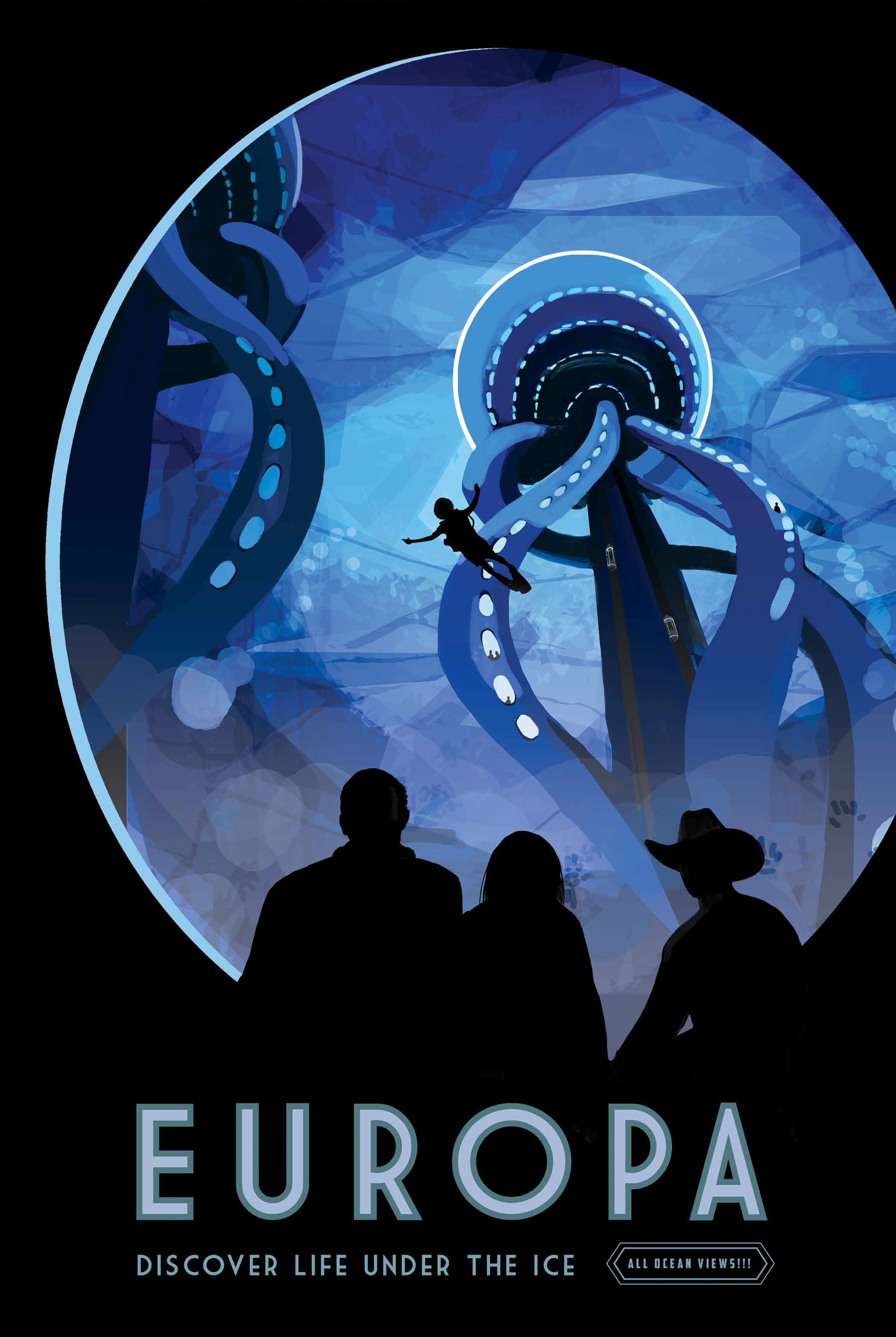The Juno spacecraft has returned the first images taken during a flyby yesterday from just 352 kilometers (219 miles) above the surface of Jupiter’s icy moon Europa. The flyby, which was closer than most satellites are to the Earth, is an effort both to learn more about the enigmatic world and to move to a tighter orbit around Jupiter.
The year 2000 was just three days old the last time a spacecraft made a close approach to Europa, as the Galileo mission swooped low over its icy surface. The discoveries made then about Jupiter’s fourth largest moon confirmed its status as one of the worlds of most interest to astrobiologists looking for potential life in the Solar System. Nevertheless, prospects for a century of exploration have been slow to come to fruition.
The new images taken by Juno will be studied for a long time to come and probably launch hundreds of scientific papers – it will be a minimum of eight years before another spacecraft makes a close approach.

The icy surface of Europa as captured by Juno during the flyby on September 29, 2022. Image credit: NASA/JPL-Caltech/SWRI/MSSS
Already the images collected from JunoCam provide a higher resolution – 1 kilometer (0.6 miles) per pixel – than those taken by Galileo, even though Juno’s minimum distance was a kilometer further from the surface. Imaging technology has improved a lot in two decades, and astronomers expect to learn a lot from the observations. After all, new discoveries are still being made based on Galileo’s 20-year-old observations, and its images were reprocessed to be much clearer only two years ago.
In addition to JunoCam, the spacecraft carries instruments to see in the ultraviolet. radio, and microwave parts of the spectrum, as well as gravity sensors and detectors of high-energy particles. Each of these could produce important information from the experience of Europa’s vicinity.
“It’s very early in the process, but by all indications Juno’s flyby of Europa was a great success,” said Scott Bolton of the Southwest Research Institute in a NASA statement.
By photographing the terminator (the boundary between day and night) JunoCam collected images containing long shadows, bringing out the ridges and troughs that belie Europa’s larger-scale smoothness. The pit near the terminator and just to the right of center may be a rare surviving impact crater. Movements in Europa’s oceans are thought to cause shifts in the ice which quickly degrade craters that would last for billions of years on most other worlds, so if this is a crater it must be quite young.
Courtesy of @NASAJuno, processed by yours truly.
Look at the detail along the terminator 😍 pic.twitter.com/15Qvu4Otoc
Until the Voyager missions in 1979, Europa had been merely the smallest and least interesting of Jupiter’s four big moons, four centuries from its discovery. Voyager 1 passed it at a much greater distance than Jupiter’s other three big moons, or even Amalthea since it wasn’t considered a priority.
However, Voyager 2 revealed it to be the smoothest object in the Solar System, caused by a crust of ice over an internal ocean. Science fiction writers and astrobiologists alike started to consider the prospects for life in the depths, particularly as prospects dimmed on Mars and Titan.

Europa, as part of the NASA’s “Visions of the Future” travel posters. Image credit: NASA/JPL
Plans began both for the Europa Clipper to focus on this one moon alone, rather than sharing the spotlight with Jupiter and the other satellites as with previous missions, and for a future lander.
Nevertheless, after Galileo’s 2000 close approach budget constraints delayed further visits. Subsequent missions revealed internal oceans are quite common among outer Solar System satellites, and even Pluto may have one. Astrobiologists’ focus turned back to Mars and to Saturn’s moon Enceladus, whose active geysers increase the potential for sampling its ocean’s composition.
Nevertheless, Europa is so potentially important construction of the Europa Clipper is well underway and NASA continues to study prospects for a lander. Although the Clipper is scheduled to launch in 2024, it will need two gravity assists from Mars and Earth to get to Jupiter by 2030.
Source Link: Juno Flyby Reveals Best New Images Of Jupiter’s Moon Europa In 20 Years